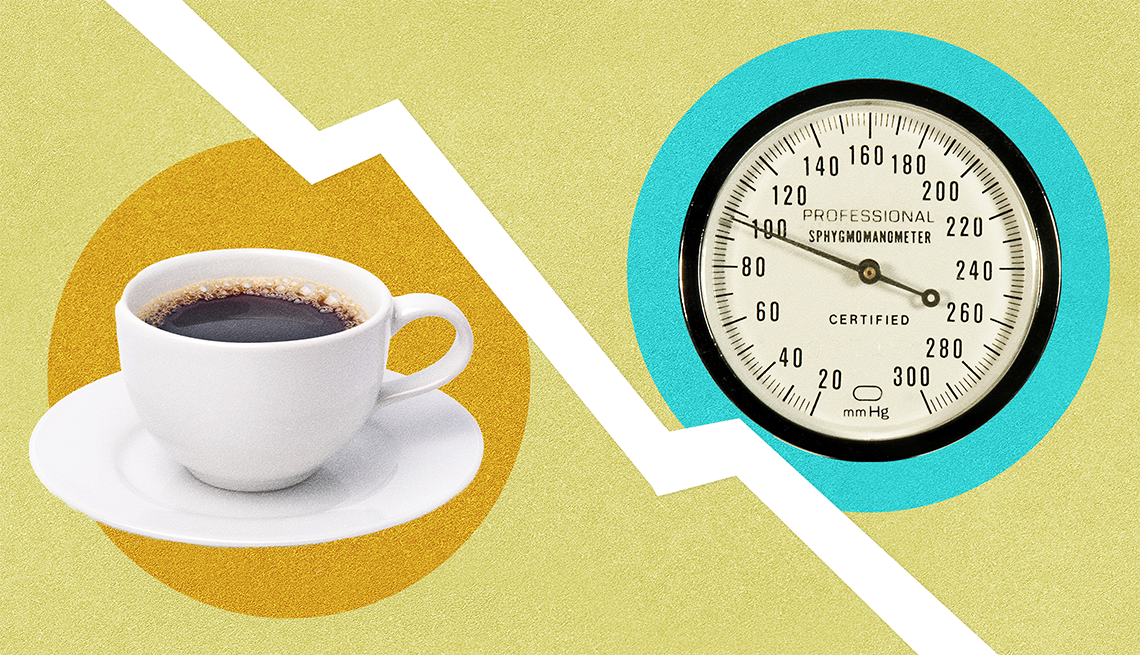Play all audios:
Nearly half of all U.S. adults and more than 60 percent of those over the age of 60 have high blood pressure, putting them at increased risk for heart disease and stroke. And a big problem
is, many of them don’t even know they have it. That’s because unlike a lot of health conditions, high blood pressure — anything above a reading of 130/80 millimeters of mercury (mm Hg) —
doesn’t typically announce itself with warning signs or symptoms. “They call it a silent killer for that reason,” says Luke Laffin, M.D., codirector for the Center for Blood Pressure
Disorders at the Cleveland Clinic. The idea that you’ll have symptoms of high blood pressure before you can do anything about it is a common myth, Laffin says. Here’s a look at six other
blood pressure myths, plus tips you can use to maintain a healthy blood pressure. MYTH 1: SOME TYPES OF SALT ARE BETTER THAN OTHERS Salt has a major influence on blood pressure. Eat too much
of it and your blood pressure will shoot up, due to the extra fluid your body retains to dilute the sodium. (All that extra fluid in your blood vessels increases the pressure and makes the
heart work harder.) Salt also shrinks the blood vessels over time, the American Heart Association says, causing an increase in blood pressure. No surprise, then, that people with high blood
pressure are often advised to limit their salt intake, and many wonder if swapping table salt for sea salt or Himalayan salt can help them achieve that. Not so fast. “It’s still sodium
chloride, and it’s still an issue,” says Sandra Taler, M.D., a nephrologist and professor of medicine at the Mayo Clinic. “When it comes to blood pressure, it all just comes down to
milligrams of sodium, more than anything else — and it’s all bad for raising blood pressure,” Laffin adds. The American Heart Association recommends no more than 2,300 milligrams (mg) a day
of sodium — that’s about 1 teaspoon of table salt — and ideally no more than 1,500 mg for most adults. Still, most Americans consume about 3,400 mg of sodium per day, according to the
Centers for Disease Control and Prevention. All that sodium isn’t coming from the saltshaker. In fact, the majority comes from processed and packaged foods, which is why checking labels is
key. Taler says many people aren’t aware that something as plain as bread is a major source of sodium. Pizza, sandwiches, soups and cheese are also high in sodium. MYTH 2: IF YOU WANT TO
LOWER YOUR BLOOD PRESSURE, CUT THE COFFEE It’s true that you may want to avoid drinking caffeine 30 minutes ahead of getting your blood pressure taken. Chugging a cup of Joe right before
could cause a temporary spike in your blood pressure and give you an inaccurate reading. But for most people, drinking coffee doesn’t have a long-term effect on blood pressure, health
experts say. Still, the American Heart Association and the American College of Cardiology recommend limiting your daily caffeine intake to 300 mg per day — about three cups of coffee.

